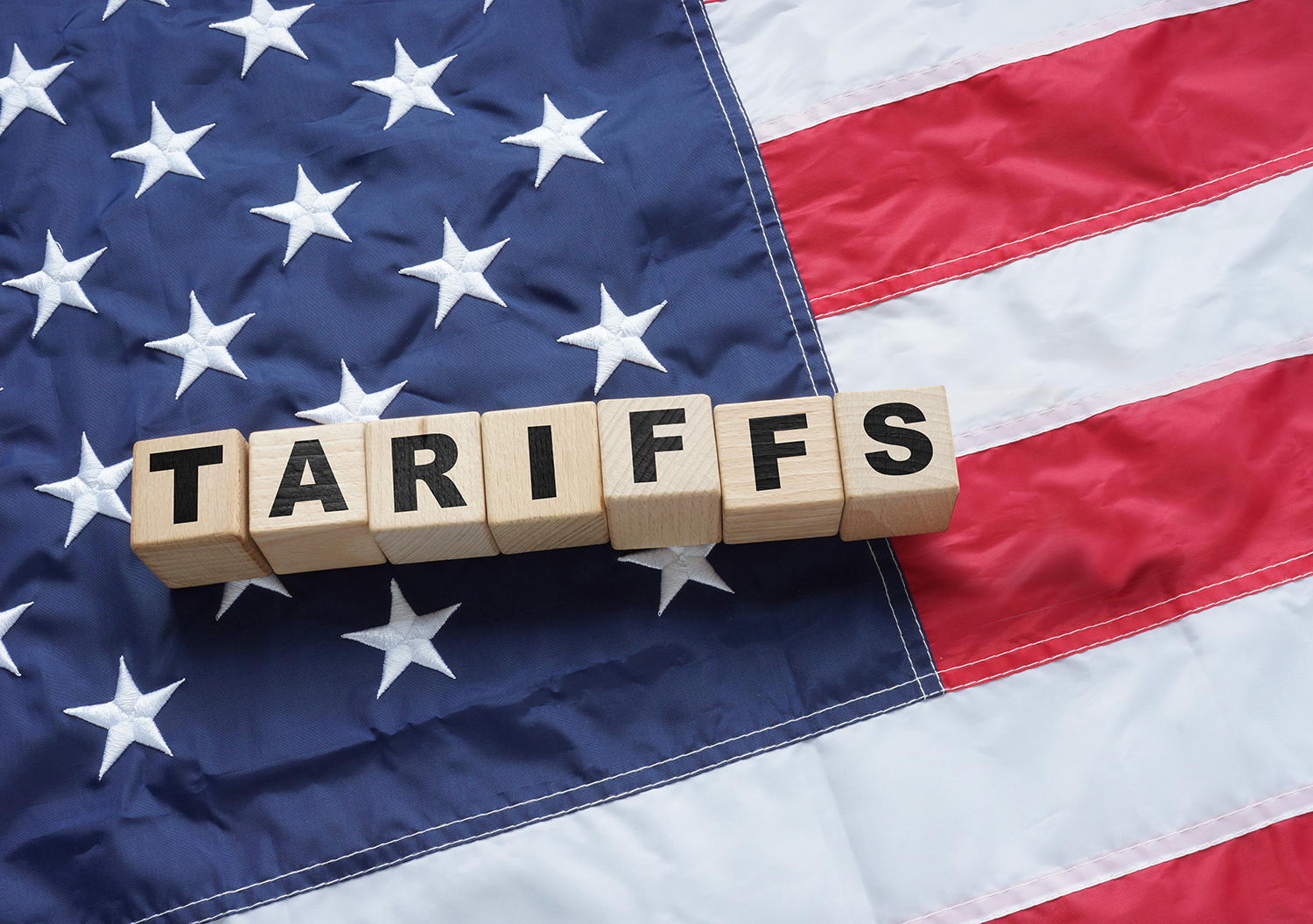7 MIN READ
7 MIN READ
Navigating the Uncertainty of Tariffs for Construction
February 17, 2025

|
Over the past few months, it has been impossible to ignore the constant threat of tariffs, which we know will have a direct impact on construction costs. One day, tariffs are imminent, and the next day, they are off the table. To understand the implications of these changes, DXD recently conducted its annual construction survey, reaching out to contractors who have built or bid on our projects over the past year. This survey yields invaluable insights for several reasons.
A Rich Cross-Section of Data The survey encompasses a diverse group of contractors from across the United States, with nearly equal representation from the Southeast, Southwest, East Coast, Texas, and West Coast. We build self storage nationwide, so collecting data nationwide is essential. Secondly, the survey responses are gathered from the owners or presidents of these construction companies, ensuring that we receive feedback from decision-makers rather than estimates from a low-level estimator. This top-level insight adds considerable weight to our findings.
Understanding Tariffs One significant finding from the survey indicates that nearly 70% of the materials used by our contractors in self storage projects are sourced from the USA. The remainder is divided almost evenly among Canada, Mexico, and other countries, primarily China. Interestingly, some contractors obtain 100% of their materials from US suppliers. If tariffs are implemented, this percentage will rise, although supply and demand dynamics will likely result in concurrent price increases. Most of our contracts are bracing for an estimated 5-10% increase in total construction costs should tariffs become a reality. |
|
|
Source: DXD Capital, Contractor Survey February 2025 |
|
The Impact of Volatility The construction industry has experienced significant volatility in material prices, particularly during the pandemic. For instance, from 2020 to 2022, lumber prices surged 600%, while cold-rolled steel prices jumped 350%. This volatility has left many in the industry feeling cautious. There were instances in 2022 when we had to verify our construction prices weekly before sending the money to purchase—bracing for potential price hikes at any moment.
|
|
|
Source: DXD Capital, Contractor Survey February 2025 |
|
Our contractors view steel as the most volatile commodity, followed closely by electrical switchgear. Several contractors have noted that US-sourced steel manufacturers often take advantage of global tariff announcements to raise domestic steel prices. One contractor even described this pricing strategy as “opportunistic.”
Conversely, asphalt and concrete have shown relative stability, primarily due to their dependence on oil prices. The binder in asphalt is petroleum-based, while the raw materials for concrete are not particularly costly; it's the transportation of these materials that drives up prices. The current expectation is that with changes in US leadership, oil prices will remain stable due to adequate supply, contributing to lower volatility in asphalt and concrete.
Looking Ahead For those of us in the construction industry, the next few years may feel like a rollercoaster ride. Whether this journey will be thrilling or frightening remains to be seen. The only way to find out is to buckle up and navigate the twists and turns ahead. We will be presenting more insights from our survey over the coming months. |
See More Posts
LOAD MORE
3 MIN READ
Does the Cost of Construction Labor Ever Fall?
- Commercial Real Estate Insights
2 MIN READ
Are We Seeing the First Signs of Construction Cost Declines?
- Commercial Real Estate Insights
LOAD MORE


